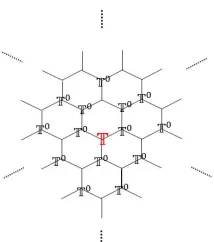Tensor Network Representation of Many-Body Quantum States and Unitary Operators
Full text
Figure




Related documents
- The pooled PD assigned to a credit risk bucket. A PD associated with an individual obligor is a metric of the probability that this obligor will default during a one-year
The present study shows that the use of quantile regres- sion and broken line spline regression analysis for mod- eling healthcare workers ’ knowledge, attitudes, beliefs and
The m-DNSA considers long term network state for selecting optimal network and selects WLAN due to that selected network provides better QoS, whereas DNSA
free essays online learning professional good write a Where Nature which free essays online learning Lins car.. Many thanks need to
The neurological changes following the use of the BCI-FES showed that during movement attempt, the activation of the motor cortex areas of the SCI patients became closer to
for both NOHMs grafted with short (pentamer) and long (tridecamer) oligomers, the cores in coarse-grained NOHMs interacting with uncorrected inter-particle potentials from
To record learners ’ passive response latency in reading comprehension, a software was pro- grammed to both offer prefabricated mediations and record the time each learner spent
RESEARCH Open Access Fair, efficient, and power optimized spectrum sharing scheme for cognitive radio networks Saleem Aslam and Kyung Geun Lee* Abstract The cognitive radio network (CRN) is





